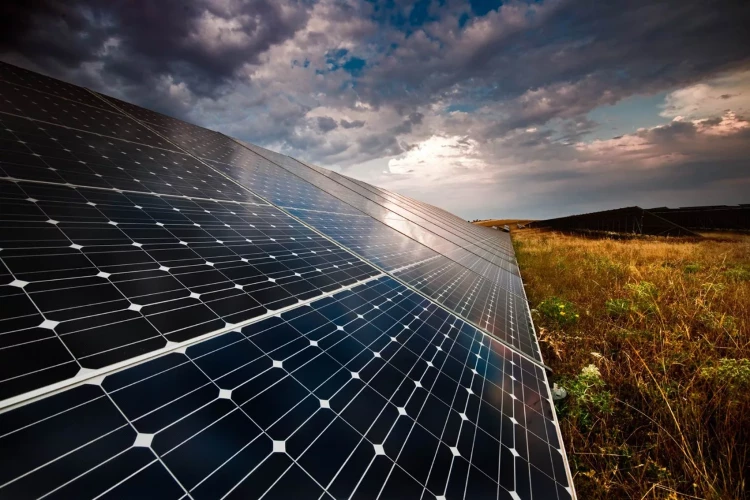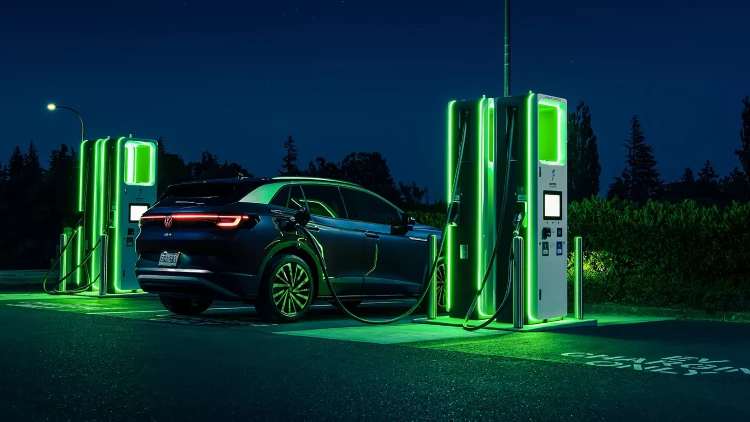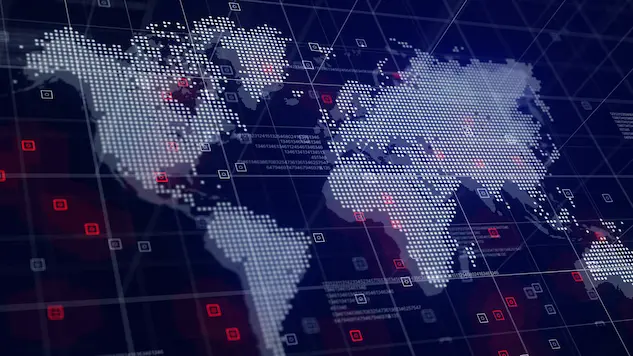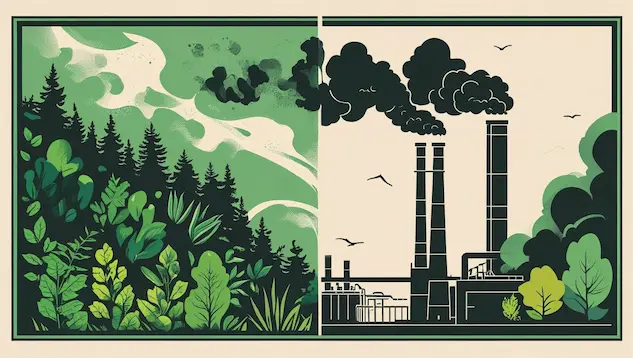Germany has long been a leader in promoting green energy and eco-friendly technologies. However, the ambitious green policies that have shaped the country’s approach to energy and manufacturing are facing significant challenges. As the government pushes forward with initiatives to transition to renewable energy and electric vehicles (EVs), it is encountering difficulties that could undermine the success of its environmental goals. These issues are not just theoretical; they have real, economic consequences that could reshape the country’s industrial landscape.
Struggles in the semiconductor sector
One of the most high-profile examples of Germany’s green policy hitting a stumbling block is its push to establish semiconductor and microprocessor manufacturing plants. A semiconductor is believed to optimize the use of energy, which helps to achieve sustainable aims. In recent years, the German government announced that it would be partnering with large corporations to build major semiconductor factories. These factories were intended to cater primarily to the growing demand for microchips in electric vehicles, as the country sought to position itself at the forefront of the green car revolution.
However, the current economic realities have forced the government to delay or reconsider these plans. According to reports from 2024, only one of the planned factories has started construction, and there is significant uncertainty about other projects. The reason behind this setback is a sharp decline in the sales of electric vehicles, which were supposed to be the primary consumers of microchips. In the first half of 2024, the German EV market saw a decrease in sales of approximately 15%, compared to the same period in 2023. The decline in sales is a result of the complicated constellation. This includes a reduction in government subsidies for the production of EVs and competition with the Chinese auto industry. This reflects a shift in strategy driven by market forces, as demand for EVs has not lived up to expectations. How much the latest trends will affect production development is an open question.
The burden of green energy subsidies
Another major challenge is Germany’s ambitious renewable energy policy, particularly its support for solar and wind power. The German government has been heavily subsidizing the production of green electricity, especially for renewable energy producers who have sometimes generated excess power. On sunny or windy days, Germany’s renewable energy sources produce more power than the grid can absorb. There were unreal situations where zero or negative wholesale power prices were due to massive wind and solar production. In essence, renewable energy sources generate more than demand. During these periods, surplus renewable energy is often wasted which became a missed opportunity. Renewable energy surpassed the 50% threshold of Germany’s gross electricity consumption in 2023 for the first time, but how much of this power had to be exported or wasted, as the grid was unable to store it? This situation necessitates significant government subsidies to sustain renewable energy sources. Finance Minister Christian Lindner’s draft budget for 2025 included 15.9 billion euros to pay out subsidies for green electricity. However, Germany’s largest high-voltage energy transmission systems operators (TSOs) waiting for 17.03 billion euros.

There are also regional discussions about higher electricity prices for the north despite the region’s cheaper wind power production. The cause of this situation is the high price of connecting the grid for producers of renewable energy and the lower number of county customers in northern Germany. The difference between West and East parts of Germany leads to regional inequality. Germany’s government will spend 450 billion euros in grid expansion costs by 2045 in its push to cover 80% of its electricity consumption with renewables by 2030. This compensation comes amid growing concerns about the efficiency of the energy grid. The government’s response has been to propose reforms aimed at reducing subsidies in the coming years, including decreasing payments for excess energy starting in 2024 and phasing them out entirely by 2025.
Significant flaws in the transition to green energy are that the energy grid is not equipped to handle the surpluses and the existence of regional inequality of energy prices for customers. As a result, the capacity of the energy grid has become major problem for German ambition green policies.
Volkswagen and the crisis of overproduction
Germany’s automotive giant Volkswagen is also grappling with the fallout of the green transition. The company, which has been at the forefront of developing electric vehicles, is facing a major crisis in its manufacturing operations. Volkswagen reduce market share to 6.6%, down from 7.5% in 2023. Volkswagen has announced the closure of three of its plants due to overproduction, primarily of electric cars that are not being purchased in the expected volumes. Despite the push towards EVs, consumer demand has not kept pace with the ambitious production targets set by the company. In fact, Volkswagen’s EV sales fell by almost a quarter in the first three months of the year according to a financial update.
The changing customers behavior is due to some causes. Not all customers are able to pay 20% more for EVs cars compared to petrol cars and as result Volkswagen loses in price against rivals. Due to high production costs and a lack of competitiveness in terms of price and model options, EV cars are struggling in the market. The company’s cars are often overpriced, and the global economic slowdown has further dampened demand. The drop of sale also is consequence of refuse subsidizing EVs by Germany. In addition, the entire infrastructure for EV cars requires further development and, as a result, investment and support from the state, which adheres to a green strategy.

This situation highlights the inherent risks of rushing into green technology without adequately considering market conditions and consumer behavior. The assumption that electric vehicles would replace traditional cars at a rapid pace has not materialized as expected. The result is overcapacity, which leads to financial strain for manufacturers like Volkswagen. The requirement of the new strategy for a long-term green transition is becoming more and more obvious.
The bigger picture: economic strain and green policy fallout
The broader picture painted by these individual cases reveals a troubling reality for Germany’s green transition. While the country’s green policies have made progress, the economic and practical challenges they face are becoming more evident. In addition to the issues in energy production, manufacturing, and the automotive sector, Germany is experiencing severe budget troubles, with growing deficits and mounting public debt. However, according to the latest forecasts by the European Commission, Germany’s government debt remains the lowest among the larger Eurozone countries. Still, there is a financial burden driven by increased government spending on green energy initiatives and other social programs.
The government is also grappling with other pressing issues, such as a deteriorating healthcare system, outdated infrastructure, and a severe shortage of skilled workers across various industries. For instance, according to the report “Employment Prospects in the Automotive Industry” by the Prognos Research Institute, the automotive sector is projected to lose a net total of 46,000 jobs. Moreover, by 2035, up to 140,000 jobs could be lost when the production of petrol-powered cars ceases.
Amidst these challenges, the German government is still a pioneer of the green transition, investing billions of euros into renewable energy projects, including wind farms and solar panels, without sufficient consideration of the long-term economic sustainability of such investments. Ultimately, the German green transition faces an uncomfortable reality: progress is being made, but not at the pace or scale that was initially envisioned. Rigid timelines and excessive government spending may not be the answer to achieving Germany’s environmental goals. While green policy are essential for the future, they need to be balanced with pragmatic economic planning and a more flexible approach to industry adaptation. Without these adjustments, Germany’s green revolution could falter under the weight of its own ambitious expectations. The road to Germany’s green transition by mid-century will remain challenging, however it is way.


